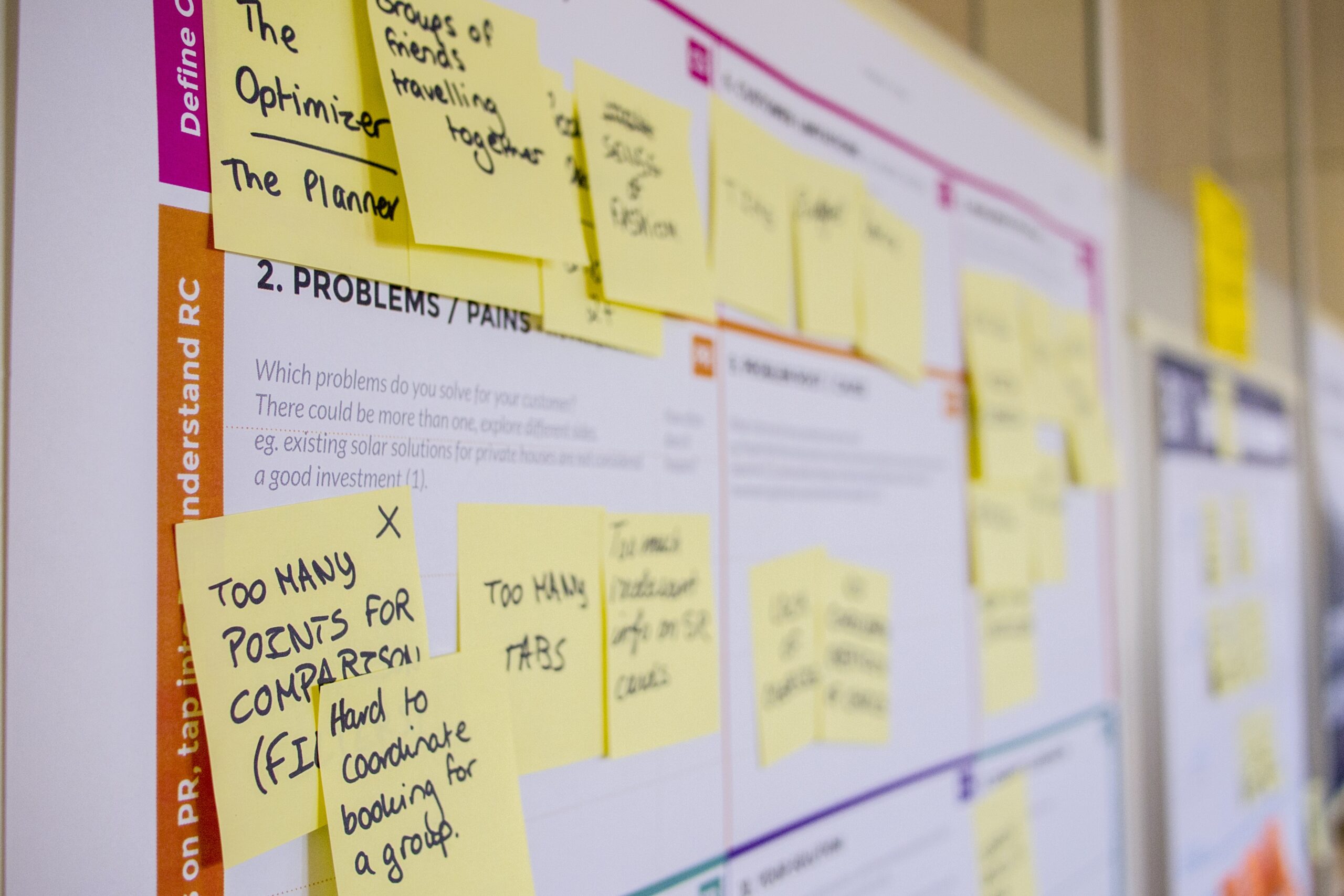Seven steps to problem solving
Have you got a challenge you need overcome? Is a project getting the better of you? Are you ruminating over a team summit you think you could have handled differently?

Much of the work we do as leaders is problem solving. Troubleshooting is part of the role and no doubt your team look to you for help in navigating challenges.
But the truth is it’s not easy. When problems are coming thick and fast it can help to have a consistent approach to tackling them.
McKinsey is an organisation that takes problem solving seriously.
We picked up some interesting insight and practical steps from this podcast that details their seven stage process.

How to solve problems better
Step 1: Problem definition
As senior McKinsey partner Hugo Sarrazin puts it “What are we trying to solve? What are the constraints that exist? What are the dependencies?”. It’s tempting to skip this stage but getting a concise problem statement will make the next steps easier. Try to be as specific and granular as you can and consider the context you’re operating in.
Step 2: Disaggregate the problem
This is a process to break the problem down into logical pieces. There is probably an obvious way to do this, so do that first and then try to cut it another couple of ways. This will give you alternative insights and perspectives on the problem.
Step 3: Prioritise
When you’ve broken the pieces down it’s time to look at which to address. As Charles Conn, CEO of venture-capital firm Oxford Sciences Innovation, puts it, ‘We try and focus our efforts on ones that have a big impact on the problem and the ones that we have the ability to change.’ Which of the levers are significant? And movable?
Step 4: The plan
Here is where you assign the work to different team members, define the analysis that needs to be executed, and set timelines. If it’s an in-depth problem, it’s likely to need an in-depth solution. Be careful to consider time pressures, stakeholders, and biases. Assembling the right team with a diverse skillset is key.
Step 5: The analysis
Depending on the nature of the problem all kinds of tools can help at this stage. Once you’ve understood the shape and scope of your problem you can test approaches and iterate your learning in line with stats and heuristics.
Step 6: Implement
It’s time to sell the solution in to your team and motivate them to take action. Taking people with you is vital – acknowledge and embrace any uncertainty and support people to implement the actions. Be clear on the opportunities and expected outcomes.
Step 7: Learn and iterate
While a consistent approach is key, problem solving isn’t a linear process and there will be learnings from each challenge you encounter. Take time to consider the effectiveness of the solution, how the outcomes or implementation could have been better, and how successful the problem-solving process itself was.
–
The responsibility of solving challenges can be daunting for leaders. But through consistent and considered problem solving we can find real opportunities for growth and innovation.